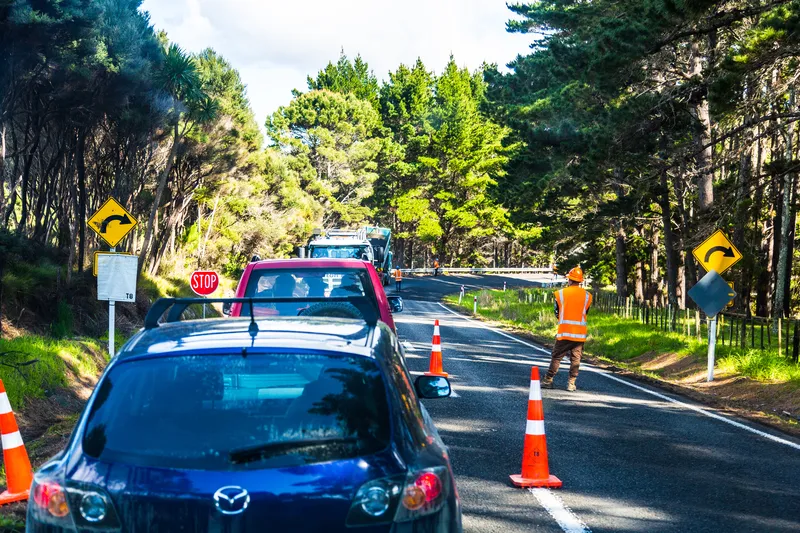Hyundai Motors New Zealand will become the first vehicle manufacturer in the country to include real-time traffic updates as an integrated feature of its vehicle satellite navigation systems. The system, which receives live updates from the Suna traffic channel and adjusts the recommended route to bypass traffic, gives drivers access to up-to-the-minute information on traffic incidents such as accidents, road closures, traffic congestion, major road works and special events when travelling in Auckland, Well
March 15, 2013
Read time: 2 mins
The system, which receives live updates from the Suna traffic channel and adjusts the recommended route to bypass traffic, gives drivers access to up-to-the-minute information on traffic incidents such as accidents, road closures, traffic congestion, major road works and special events when travelling in Auckland, Wellington and Christchurch.
Suna’s detailed congestion monitoring is made possible through real-time analysis of data collected from thousands of ‘probe’ vehicles equipped with GPS systems. Suna also incorporates information from the radio network’s leading time saver traffic service, the
When combined, these data sources provide a comprehensive view of traffic flows and incidents across New Zealand’s most congested areas to better inform motorists of the nature of traffic hold-ups ahead.
Hyundai Motors New Zealand general manager Andy Sinclair says, while the technology is available to drivers overseas, Hyundai is proud to be the first to offer it in New Zealand. “This system ensures that our customers will know which areas to avoid and how to reach their destination in the quickest possible way.
“We’re a technology-driven company so we encourage and apply innovative thinking, and introducing live traffic updates is just one of the ways we’re leading the market here in New Zealand,” Mr Sinclair says.
The system will be available as standard on the new generation models of the Santa Fe Elite and Elite Limited, Veloster and as an option on the ix35 Elite, i40 Elite wagon and sedan, and i30 Elite.









